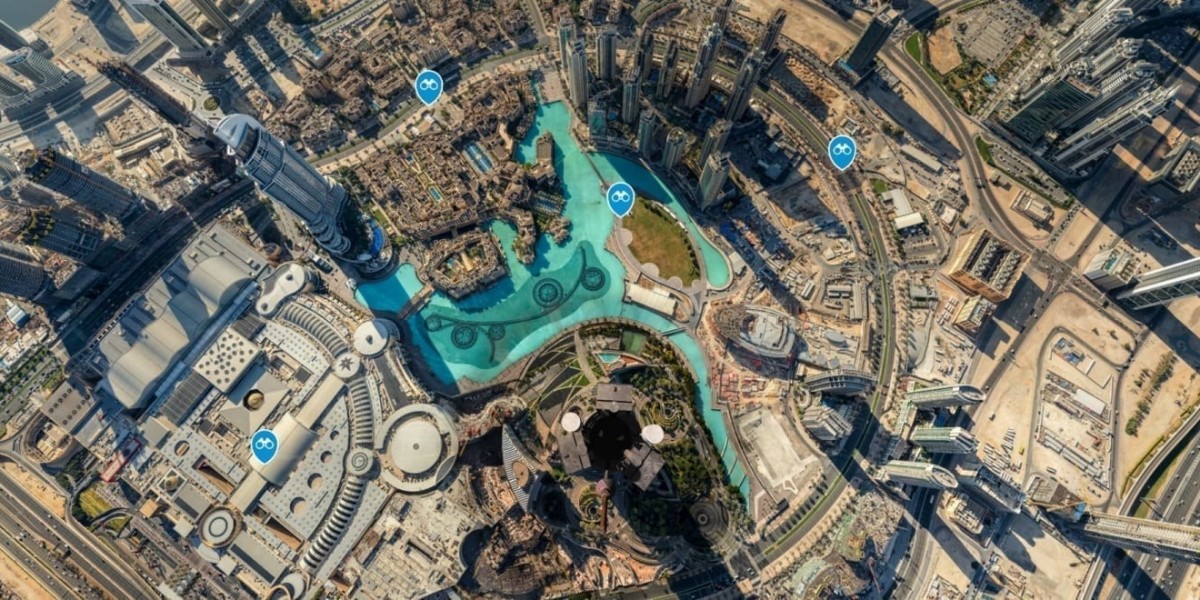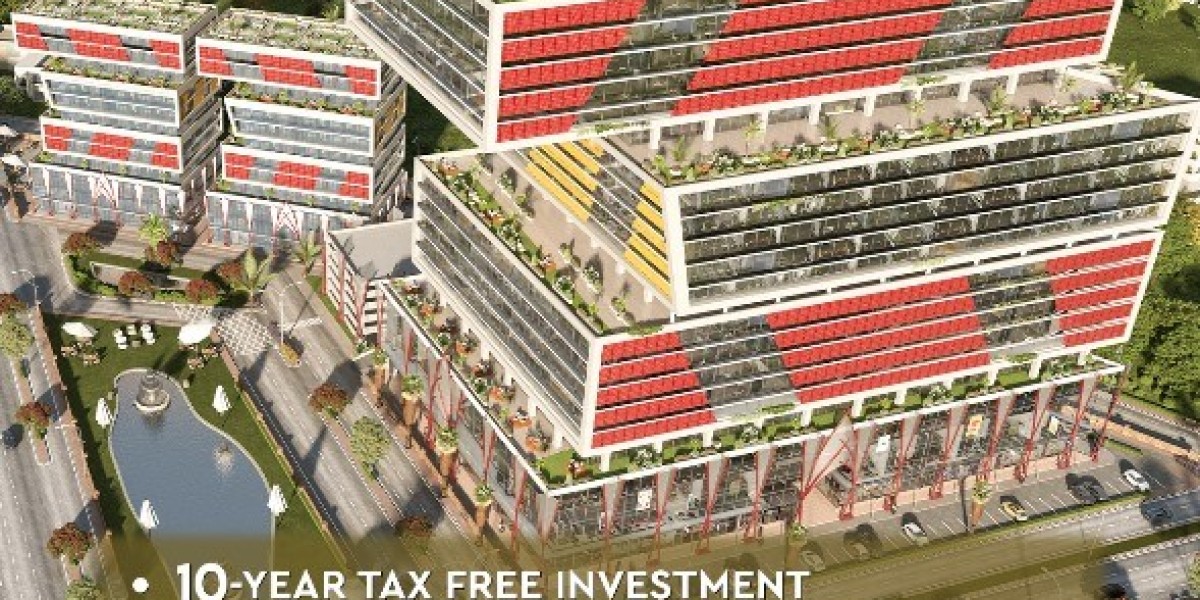A 360 virtual tour is a cutting-edge technology that allows users to explore a location or space virtually from the comfort of their own devices. Whether you’re showcasing a real estate property, a business location, a museum, or even an outdoor venue, a 360 virtual tour offers an engaging, interactive, and realistic experience that traditional photography or video cannot match.
What Is a 360 Virtual Tour?
A 360 virtual tour is a digital simulation of a real-world environment. It uses high-resolution panoramic images stitched together to create a seamless, interactive view of a location. Viewers can navigate through the space by clicking or dragging their mouse to change their perspective, zoom in for details, or move to different areas of the space. Some tours even incorporate multimedia elements, such as audio guides, embedded videos, and clickable hotspots with additional information.
Why Choose a 360 Virtual Tour?
In today’s fast-paced digital world, first impressions matter. A 360 virtual tour helps businesses and individuals showcase their spaces in the most appealing way possible. Here’s why you should consider it:
- Enhanced Engagement: 360 tours captivate viewers by offering a fully immersive experience. Unlike static images or videos, these tours allow users to explore a space at their own pace.
- Improved Decision-Making: For industries like real estate or hospitality, a 360 virtual tour provides potential clients with a realistic sense of the space. This helps them make more informed decisions.
- Competitive Advantage: Stand out from the competition by offering a unique and modern way to showcase your property or services.
- Increased Website Traffic and SEO Benefits: Embedding a 360 virtual tour on your website not only enhances user engagement but also contributes to longer session durations, which can positively impact your search engine rankings.
- Cost-Effective Solution: Once created, a virtual tour can be used across multiple platforms, including websites, social media, and even virtual reality (VR) headsets, maximizing its value over time.
Applications of 360 Virtual Tours
The versatility of 360 virtual tours makes them suitable for a wide range of industries:
- Real Estate: Showcase homes, apartments, and commercial properties to potential buyers or tenants without requiring physical visits.
- Hospitality: Give travelers a virtual glimpse of hotel rooms, lobbies, and amenities before they book.
- Education: Offer virtual campus tours to prospective students, enabling them to explore facilities remotely.
- Tourism: Highlight popular tourist attractions or destinations, enticing travelers to visit in person.
- Retail and Showrooms: Let customers browse your store or showroom virtually, enhancing their shopping experience.
- Healthcare: Provide virtual walkthroughs of hospitals or clinics to help patients familiarize themselves with the facilities.
How to Create a 360 Virtual Tour
Creating a 360 virtual tour involves capturing high-quality panoramic images of the space, using specialized cameras or smartphones equipped with 360-degree capabilities. These images are then stitched together using software to create an interactive, navigable tour. To enhance the experience, you can add features like background music, voiceovers, or clickable hotspots with additional information.
Conclusion
A 360 virtual tour is more than just a visual tool—it’s an interactive experience that connects businesses and individuals with their audience in a meaningful way. Whether you’re aiming to boost sales, attract visitors, or provide a comprehensive view of your space, a 360 virtual tour is an innovative and effective solution. Embrace this technology today and take your digital presence to the next level









